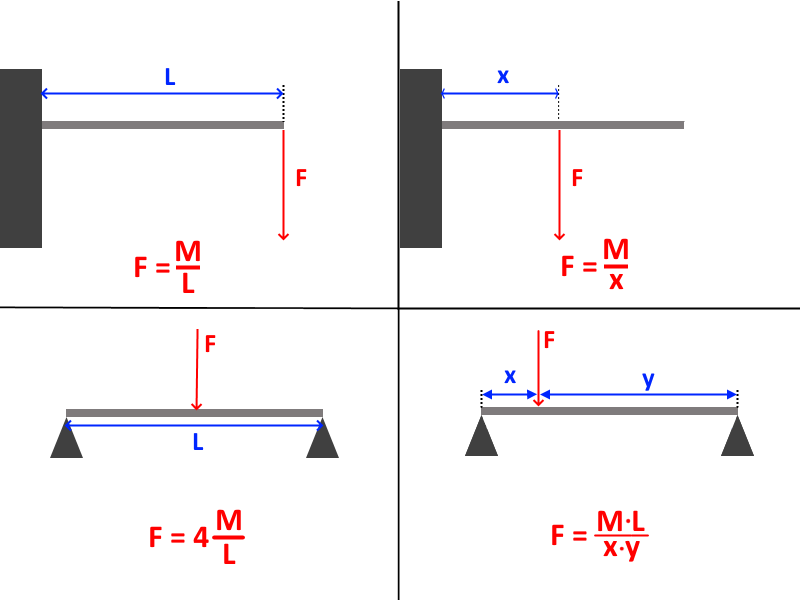Agnaa
VS Battles
Super Moderator
Administrator
Calculation Group
Translation Helper
Human Resources
Gold Supporter
- 16,098
- 14,403
- Thread starter
- #81
Yeah I don't really know what can be done from here.
After thinking about it more, I fully agree with DT's comment earlier.
After thinking about it more, I fully agree with DT's comment earlier.
I don't know any formula that involves all of those. I can try to construct something from first principles (i.e. selecting a material parameter whose units are in force/m^3), but just converting between different units doesn't guarantee that you'll end up with something correct. I'd like it to be something established elsewhere.Not gonna comment on new methods for now, as this isn't really what I understand well, but I will say that I generally would assume that a denting calc must use at least:
Just by my feeling of how the world works.
- Something like the area of the dent. (1 cm^2 and 1 m^2 dents should give different results)
- Some parameter for how much it was dented. (1cm deep and 1m deep dents should give different results)
- Some material parameter. (denting rubber vs denting steel should make a difference)
- Some parameter for how thick the dented sheet is. (1mm thick steel plate should give different results from 1m thick steel plate)
At a glance, I think the calcs listed above tend to usually not use at least one of those.

